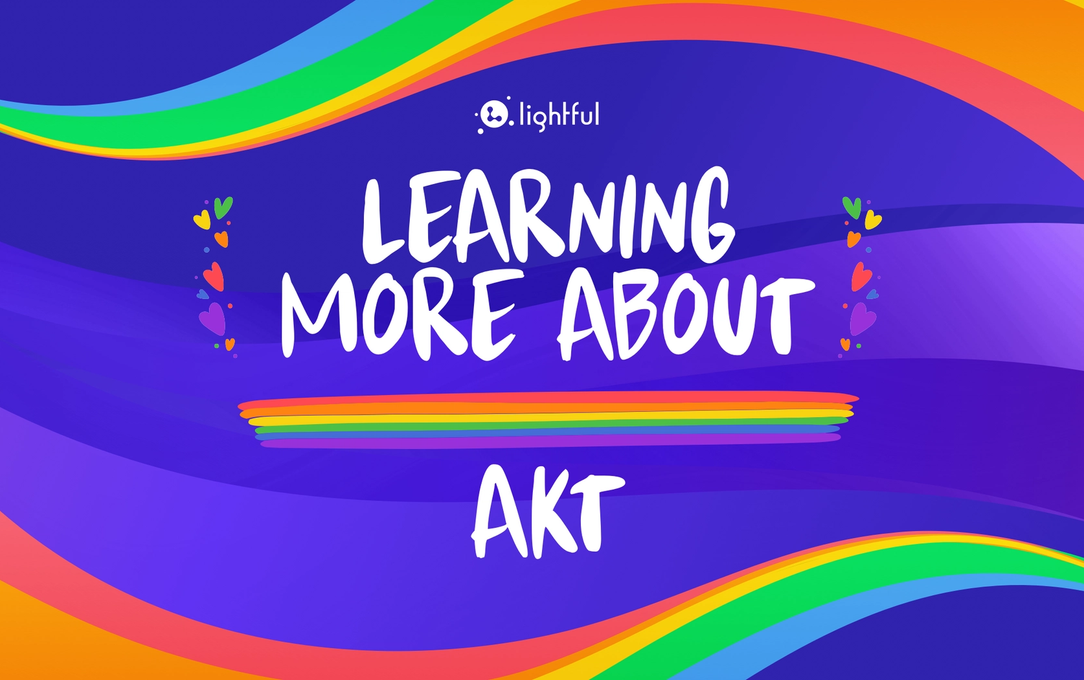Authentic Communications – Getting To The Heart Of Your Message

If you work in any kind of professional communications role, you’ve probably heard of something like ‘authentic communications’ or maybe ‘authentic voice’. What does this mean? How can I find it? And is it a good idea?
To start with some context, you could say that as long as they’re open and honest about it, even an ill-intentioned articulate dictator is being authentic. However, in the context of the third sector, I’m assuming we’re all well intentioned, so will explore authenticity as it relates to communications motivated by good intentions.
So what is the intention behind what you’re saying or writing? Are you, for example, interested in a product sale or one-off donation, or are you more interested in building a loyal customer base or long-term relationships with your charity’s supporters or company’s customers?
The starting point for any authentic communications is to be clear about what your intentions are. Once you are clear on your intentions, the next step is to create a message that aligns with this.
OPENNESS / HONESTY CLARITY / VISION COMPASSION
If you start with these foundations and you are a skilled communicator then the result should be:
MEANINGFUL INSPIRING ENGAGING
So what might this look like? Let’s take one of the most inspiring speeches ever made; Martin Luther King’s address during the March on Washington.

Why was his speech so powerful? Of course, by the summer of 1963 he was a skilled and accomplished communicator with many years public speaking experience as a pastor. However, what makes his speech really impactful beyond the eloquence of the dialogue is how it connected with the audience. The enthralled crowd know that he is speaking his truth from his heart and with a clear statement of purpose. They also know that his words are meant for their collective benefit. These qualities at the core of his message all add up to a speech with the power to connect emotionally and inspire a movement.
The most memorable line from King’s speech that has passed down through history is, ‘I have a dream’ which he repeats throughout. This alludes to one of the pillars of authentic communications, ie. clarity or vision. King has a vision for an equal society free from oppression, and this clarity of purpose sets the tone for his clear and consistent message.
Like Martin Luther King, most if not all charities and social enterprises will also have a clear mission with a vision for how they want the world to be a better place. If you work for a charity or social enterprise you are also very likely to have access to stories that naturally inspire authentic communications. This may take the form of a beneficiary talking about how the charity has helped them to find shelter, or a campaigner talking about a new initiative to cut food waste. If the communications is aligned with the mission there should be a perceptible link back to it, eg. a city where everyone has a home to sleep, or a society with a circular economy.
If your charity helps people directly it’s very likely that they will be your greatest ambassadors. Centrepoint, the charity that helps homeless young people is a good example of sharing stories from the people that it has helped. The gratefulness to the charity and impact on their lives comes out clearly in their short videos. The openness and emotion expressed by one beneficiary, Matt, in the video below helps you to easily connect with his story. In this particular video Matt talks about how Centrepoint changed his life, and his genuine gratitude shines through:
https://www.youtube.com/watch?v=zrvrf3-EYIU&list=PLByc0P3imQ92znFpa8fCClwUwMlb78bsI&index=17
Deri Jones, who works for Centrepoint adds, “We try to put homeless young people at the heart of everything we do, so it makes sense for them to be the figureheads of our work. Conveying the magnitude of the problem – 150,000 young people approached their local authority for help because they were facing homelessness last year – is much more difficult with spokespeople who don’t have that direct experience. And these days people are much more savvy in the way they consume charity communications, so the authentic voice of a young person is definitely the best way of making people pay attention and take action.”
Martin Luther King and Matt are just two examples, and I’m sure you’ll appreciate yourself the impact authentic communications can have. Just think what the opposite looks like for a moment. For me this could be a power-hungry politician continuously repeating their campaign sound bite, or a sales assistant suggesting I could be the next Levis 501 model while I’m trying on a very badly fitting, but very expensive pair of jeans. Essentially what authentic communications does is build connection and trust.
In summary, to create your own authentic productions start by establishing the purpose of what you want to say. Is it aligned to your organisation’s mission and how does this align with the needs of the community you wish to serve? With these foundations in place, you can begin to build the results with a sprinkling of good creative ideas and a spoonful of skilful execution. If you can put all this together you’ll be well on the way to producing communications that can engage and inspire; building awareness, support and funds for your cause.
Jeremy Wickremer
@jeremywickremer
Latest articles

In a world of growing uncertainty, small and local non-profit organisations often find themselves with competing priorities and struggle to plan how to allocate their available resources. Despite the increasing demand for their vital work, they are not always able to allocate the funds they receive to strategic planning and future growth.

As the world becomes more digitally-focused, it’s essential for nonprofits to have a digital presence. With more and more options for online engagement, we know that this can be challenging for nonprofits to tackle. But, we also know that it is a huge opportunity to increase audience engagement, awareness and fundraising. To help nonprofits navigate this, we’re going to explore the “whys” and “hows” of creating a nonprofit digital strategy. We’re even providing a free digital strategy canvas to help nonprofits improve their online presence in just a few steps.
Related posts

It's Pride Month 🏳️🌈 and we're celebrating at #TeamLightful by talking to wonderful people and organisations who work with Pride throughout the year.

Last week we’ve hosted the first digital drop-in session for our new BRIDGE cohort. Participating charities all over the world joined us to discuss their internal and external communications during coronavirus and the challenges they are facing.
See who we help
Contact us
Want to learn more?
Email Jonathan and start a conversation





